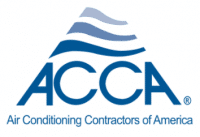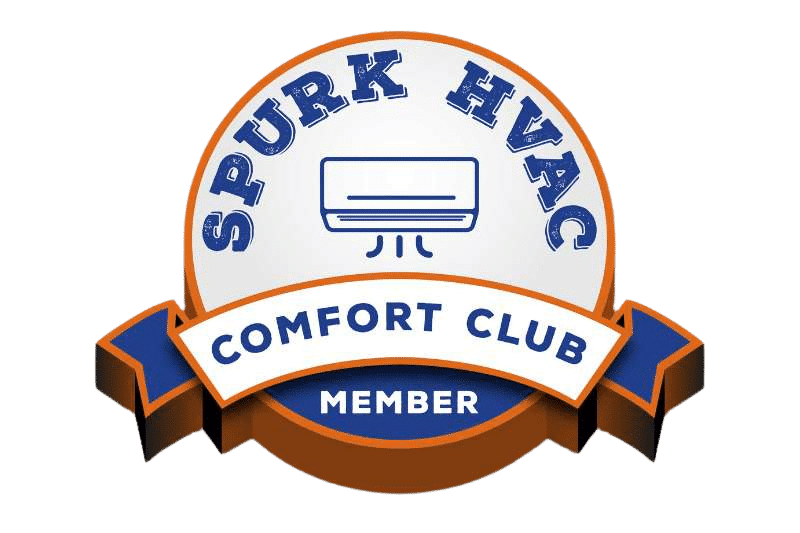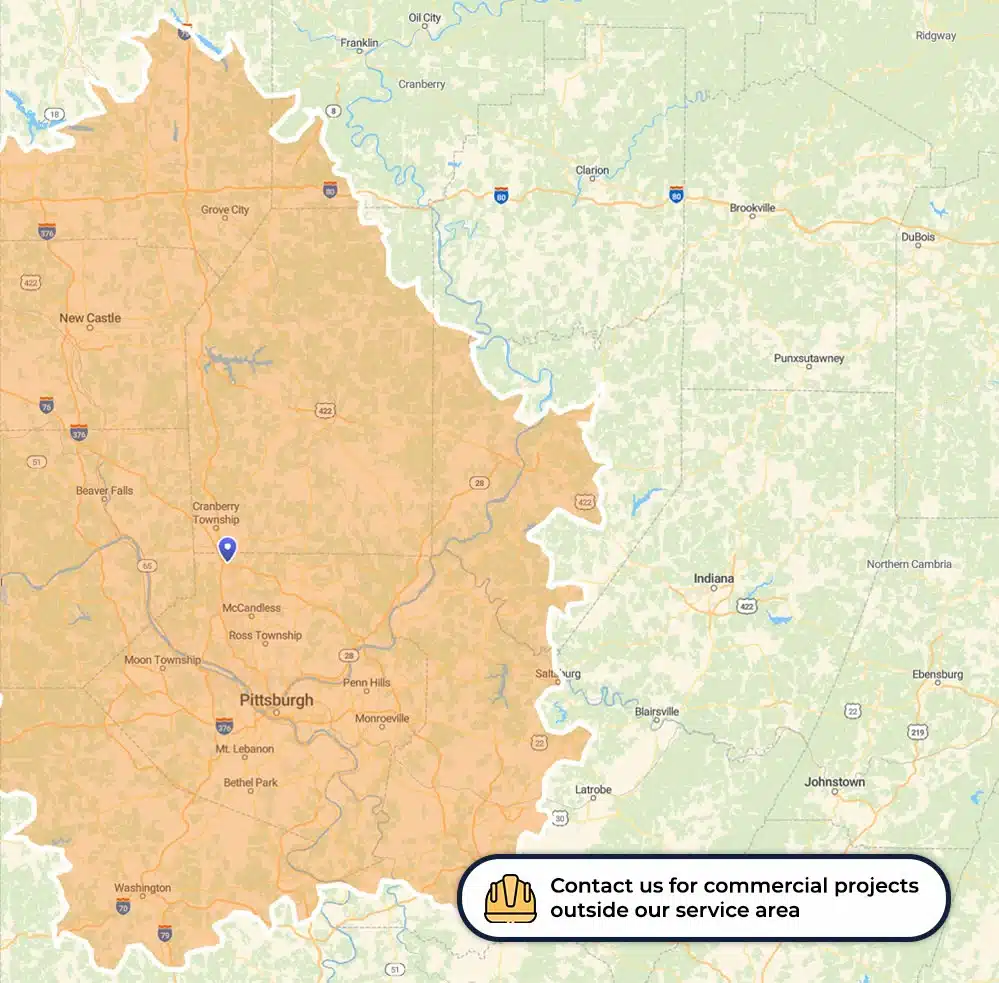



About Spurk HVAC's Planned Maintenance Membership
Dirt and neglect are the number 1 cause of heating and cooling failure. One of the most important steps you can take to prevent future problems and unwanted costs is bi-annual maintenance. When done properly, maintaining your system will save you money on energy bills and, just as importantly, help your systems last longer. Enjoy the peace of mind that only comes with knowing your systems have been serviced by qualified technicians.
Spurk HVAC offers HVAC maintenance plans to our customers in Pittsburgh and its surrounding suburbs. Planned maintenance is predetermined work performed to a schedule with the aim of preventing the sudden failure of key equipment components.

Comfort Club members get the following benefits:
- 21 Point Safety Inspections per year: Keeping you Safe and Comfortable all year round.
- Reduced Dispatch Fee: For services booked during normal business hours.
- 15% discount on all repair services: Because you are special.
- Free Service Reminders: We’ll remind you when it’s time.
- Priority Service: Move right to the front of the line when you need us the most.
- Yearly Credit: To apply towards that new HVAC system when the time comes.
- Lifetime Repair Warranty: You never pay for the same repair twice.
- 1″ Filter Replacement: Discounts on larger media filters.
- Access to Member Only Specials: Because saving money is smart.
- With a Comfort Club Membership from Spurk HVAC, take the hassle out of maintaining your HVAC system.

Comfort Club members get the following benefits:
- 21 Point Safety Inspections per year: Keeping you Safe and Comfortable all year round.
- Reduced Dispatch Fee: For services booked during normal business hours.
- 15% discount on all repair services: Because you are special.
- Free Service Reminders: We’ll remind you when it’s time.
- Priority Service: Move right to the front of the line when you need us the most.
- Yearly Credit: To apply towards that new HVAC system when the time comes.
- Lifetime Repair Warranty: You never pay for the same repair twice.
- 1″ Filter Replacement: Discounts on larger media filters.
- Access to Member Only Specials: Because saving money is smart.
- With a Comfort Club Membership from Spurk HVAC, take the hassle out of maintaining your HVAC system.
HVAC Inspections Evaluate the Conditions of:
- Overall system operation
- Thermostat operation
- Filters
- Electrical components and connections
- Safety devices
- Ignition and burners
- Gas pressure
- Proper refrigerant charge
- Venting
- Blowers and housings
- Drains
- Compressors and contactors
- Temperature rise
**This is not an all inclusive list and not all will apply depending on the type of system. Contact us for a detailed inspection list by system type**
-
Planned HVAC maintenance can often spot small problems before they become large ones.

Delivering HVAC Services Across Southwestern Pennsylvania
Spurk HVAC serves all of Southwestern Pennsylvania including the following communities:
- Beaver
- Butler
- Cranberry Township
- Edgeworth
- Evans City
- Fox Chapel
- Gibsonia
- Hampton
- Mars
- McCandless
- Moon
- Mt. Lebanon
- Oakmont
- Pittsburgh
- Robinson
- Ross Township
- Sewickley
- Seven Fields
- Upper St. Clair
- Valencia
- Wexford
- Zelienople

Delivering HVAC Services Across Southwestern Pennsylvania
Spurk HVAC serves all of Southwestern Pennsylvania including the following communities:
- Beaver
- Butler
- Cranberry Township
- Edgeworth
- Evans City
- Fox Chapel
- Gibsonia
- Hampton
- Mars
- McCandless
- Moon
- Mt. Lebanon
- Oakmont
- Pittsburgh
- Robinson
- Ross Township
- Sewickley
- Seven Fields
- Upper St. Clair
- Valencia
- Wexford
- Zelienople

Delivering HVAC Services Across Southwestern Pennsylvania
Spurk HVAC serves all of Southwestern Pennsylvania including the following communities:
- Beaver
- Butler
- Cranberry Township
- Edgeworth
- Evans City
- Fox Chapel
- Gibsonia
- Hampton
- Mars
- McCandless
- Moon
- Mt. Lebanon
- Oakmont
- Pittsburgh
- Robinson
- Ross Township
- Sewickley
- Seven Fields
- Upper St. Clair
- Valencia
- Wexford
- Zelienople


